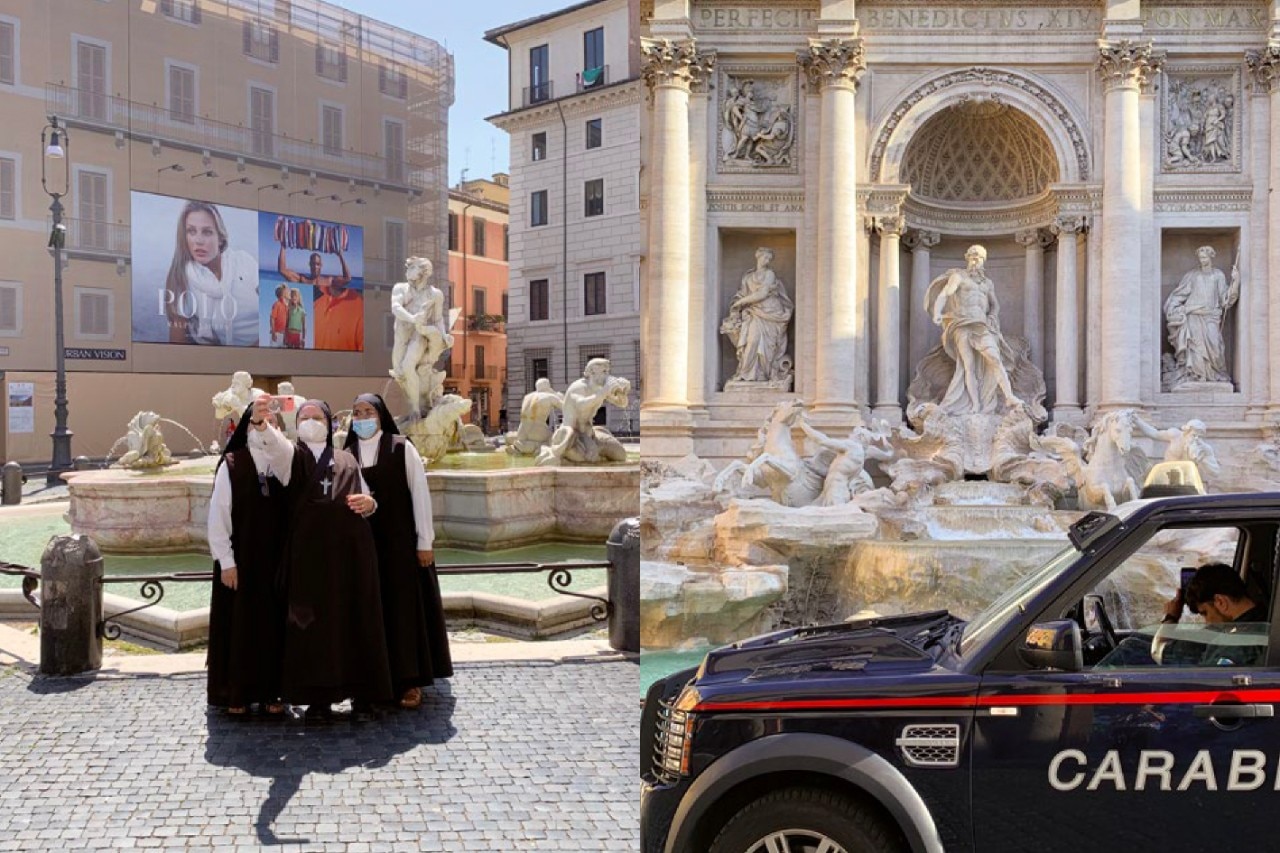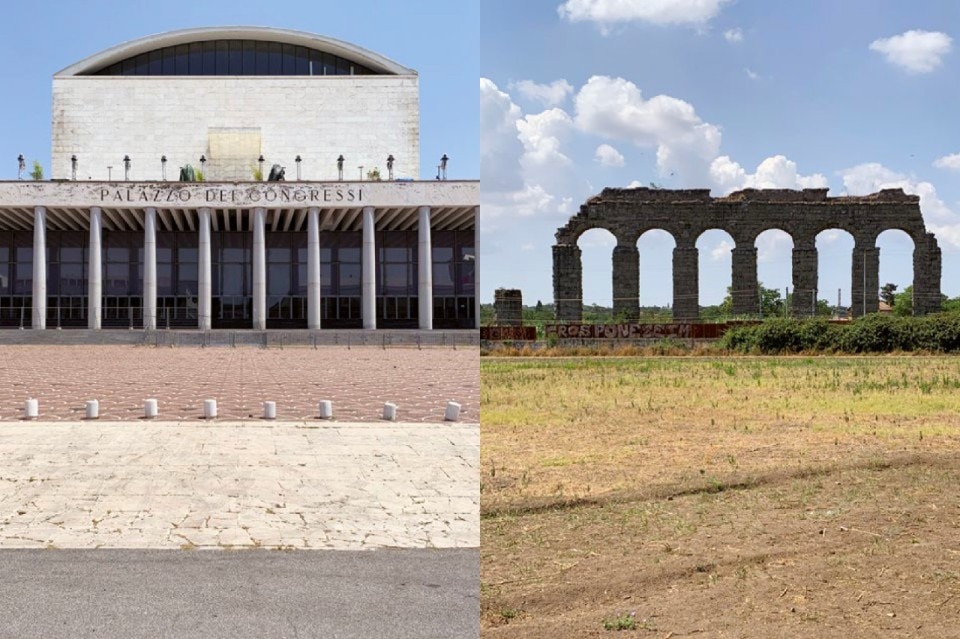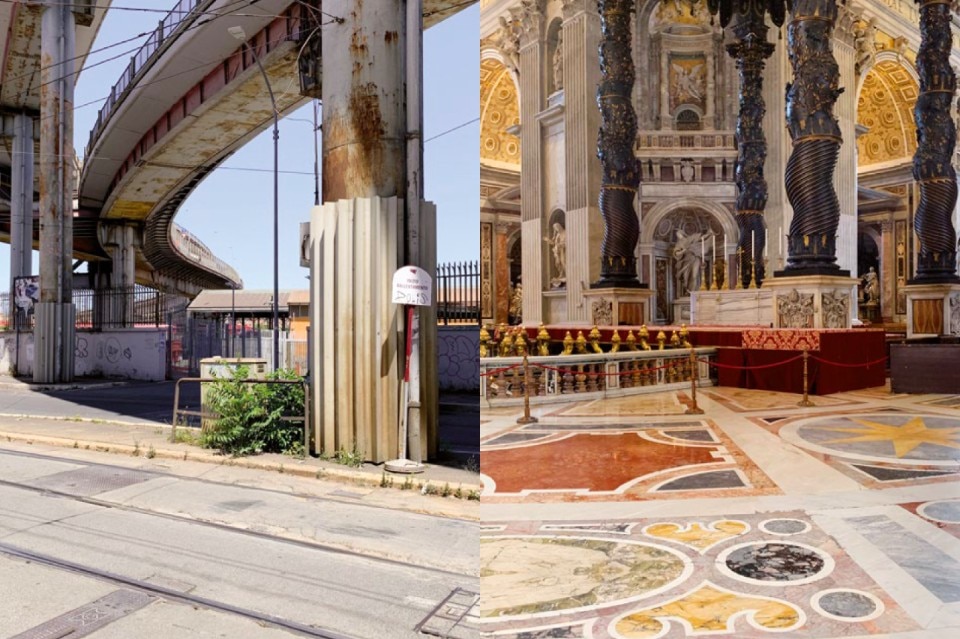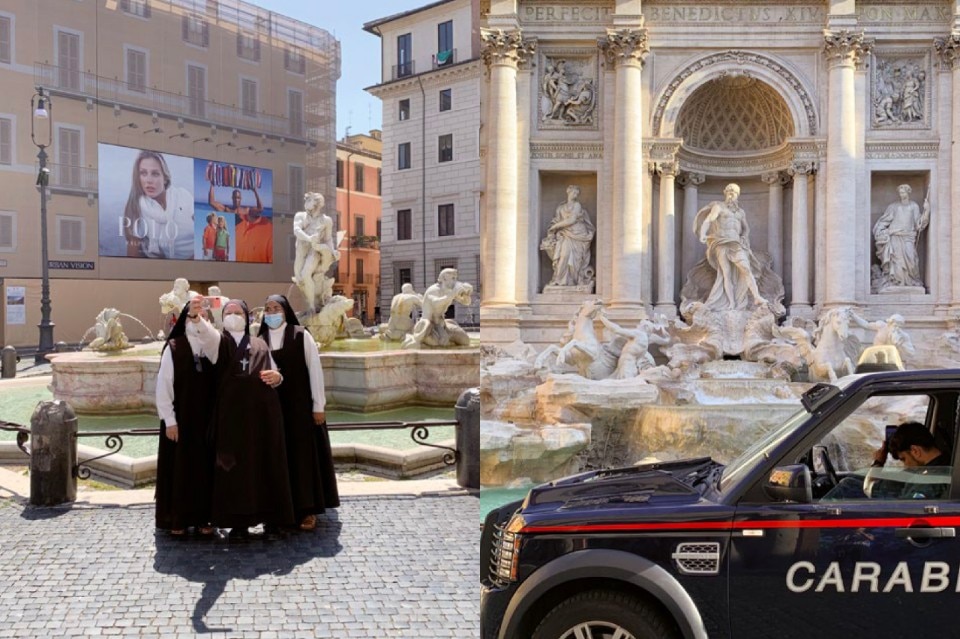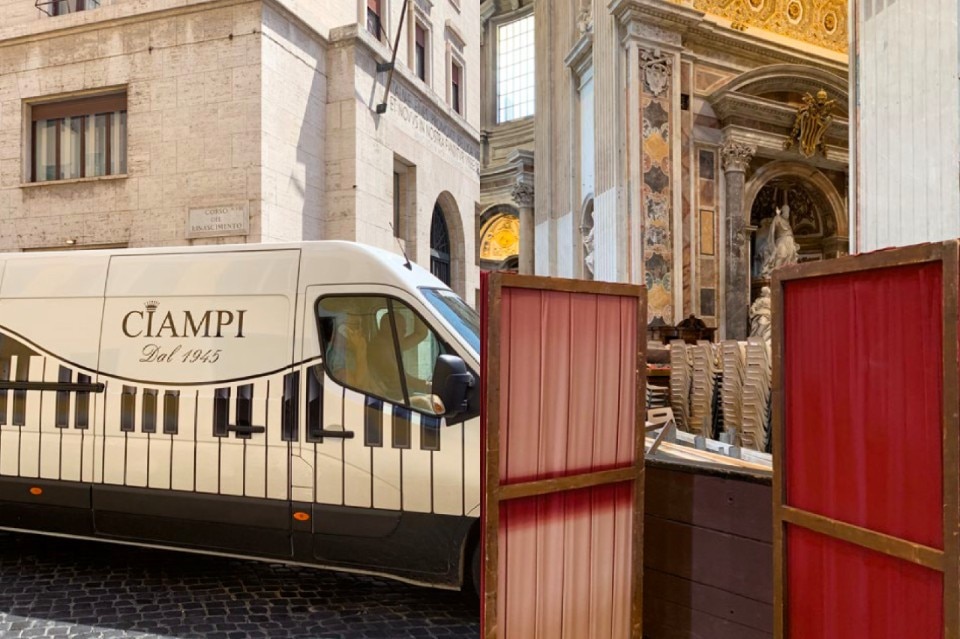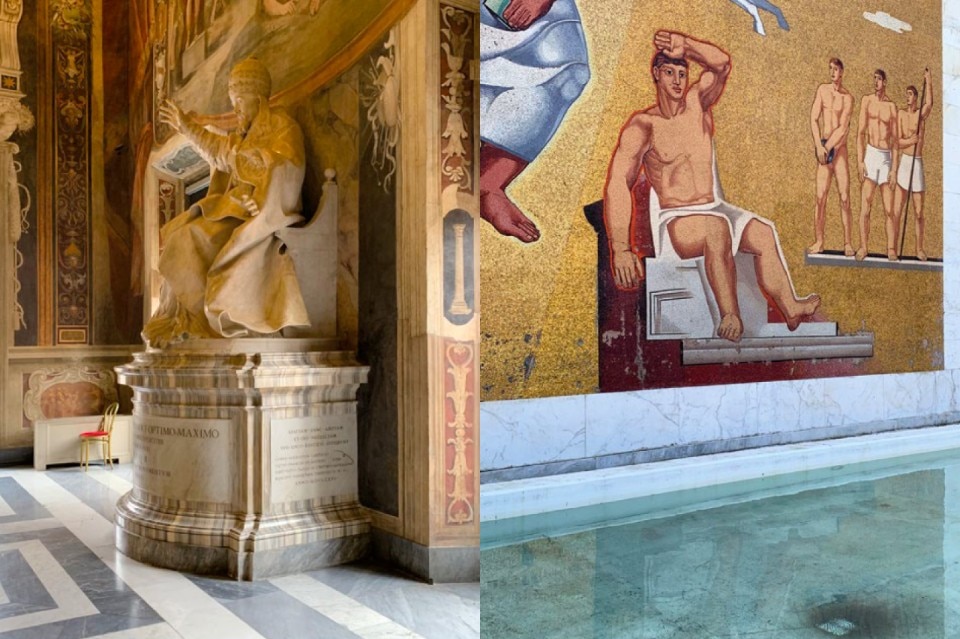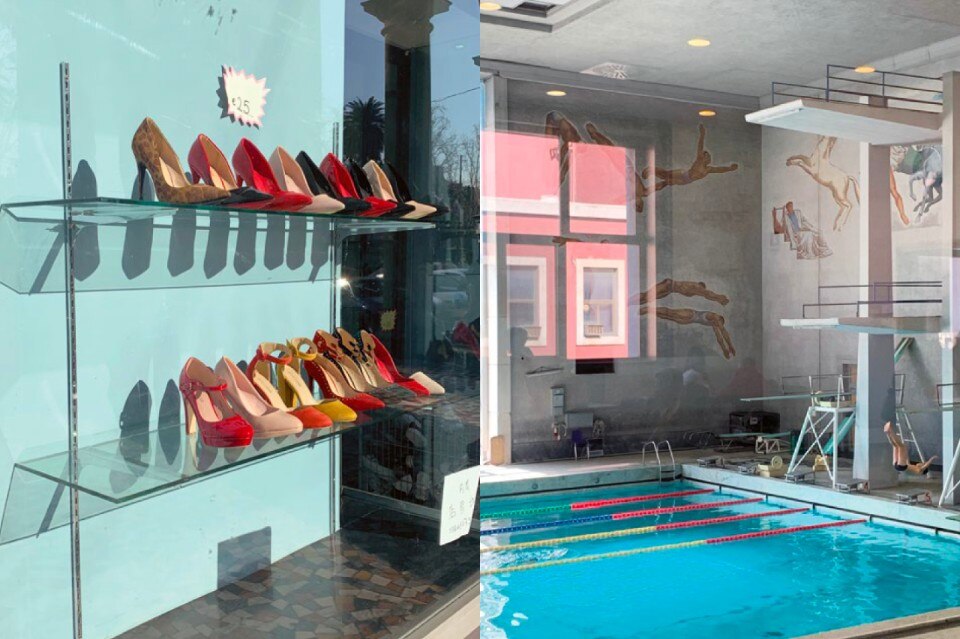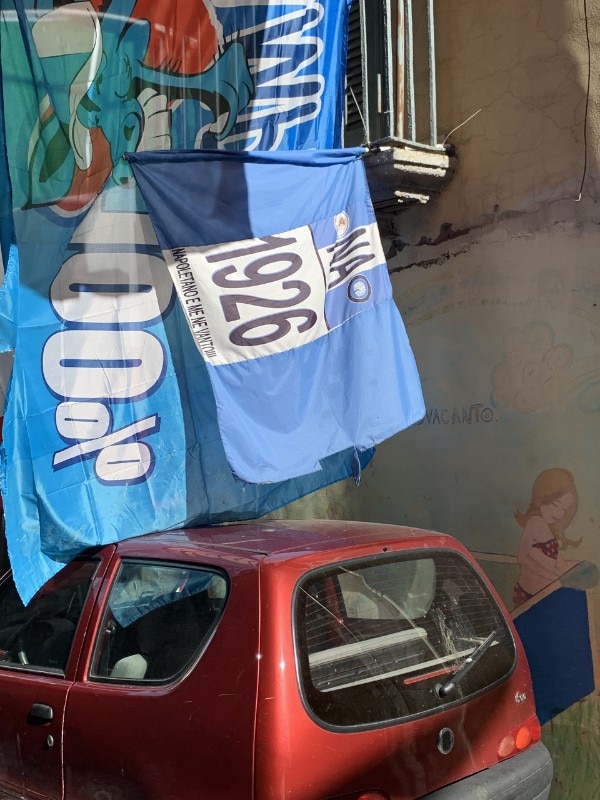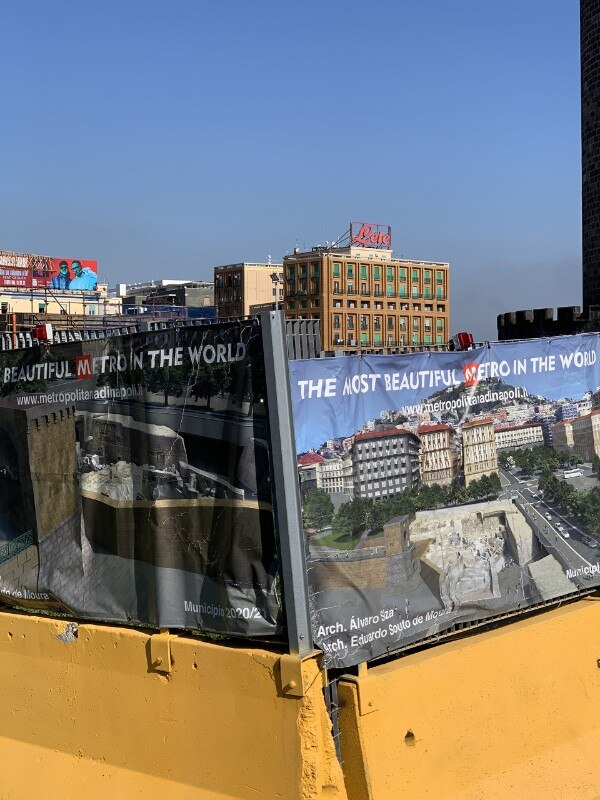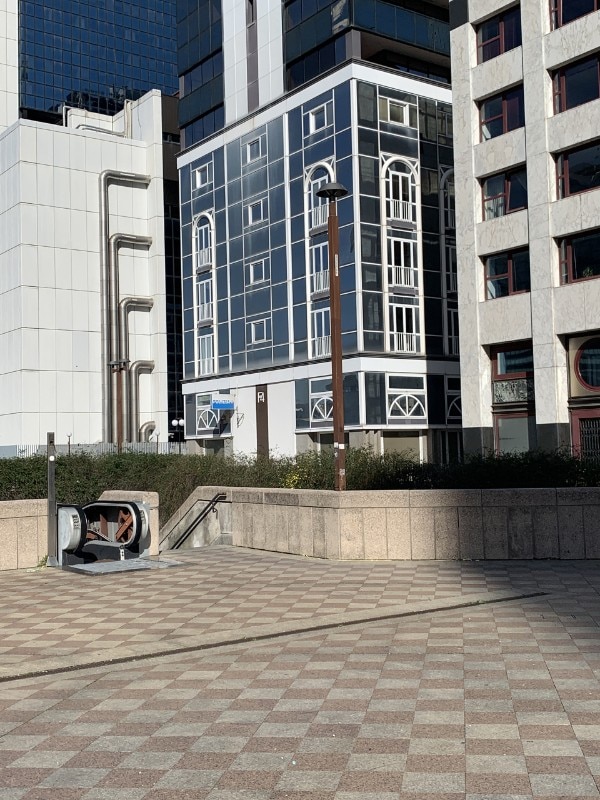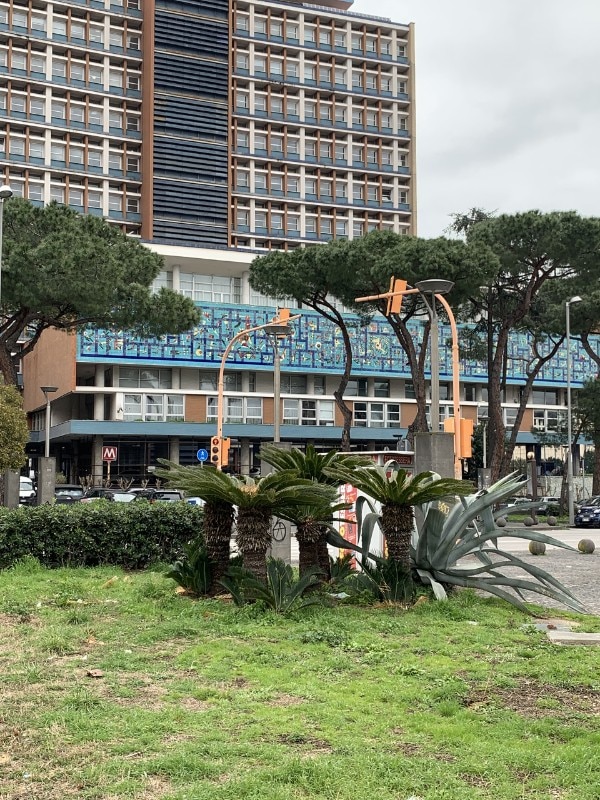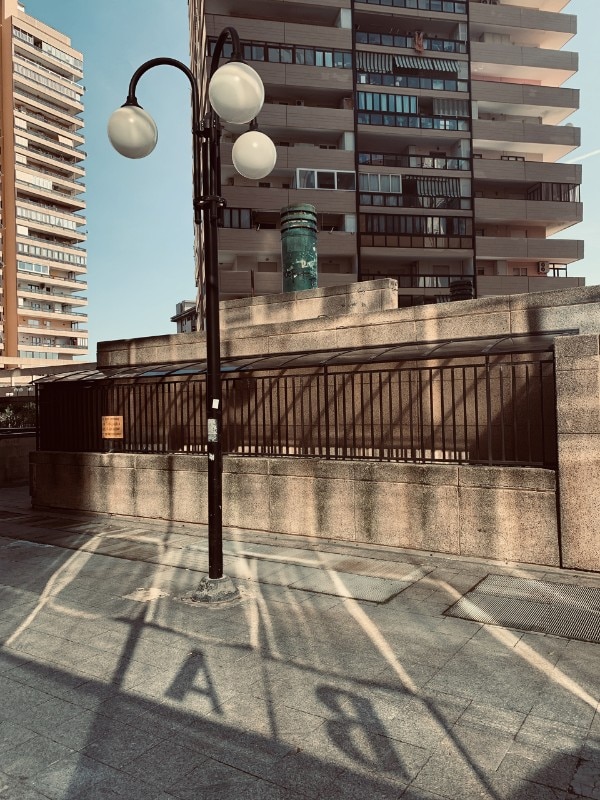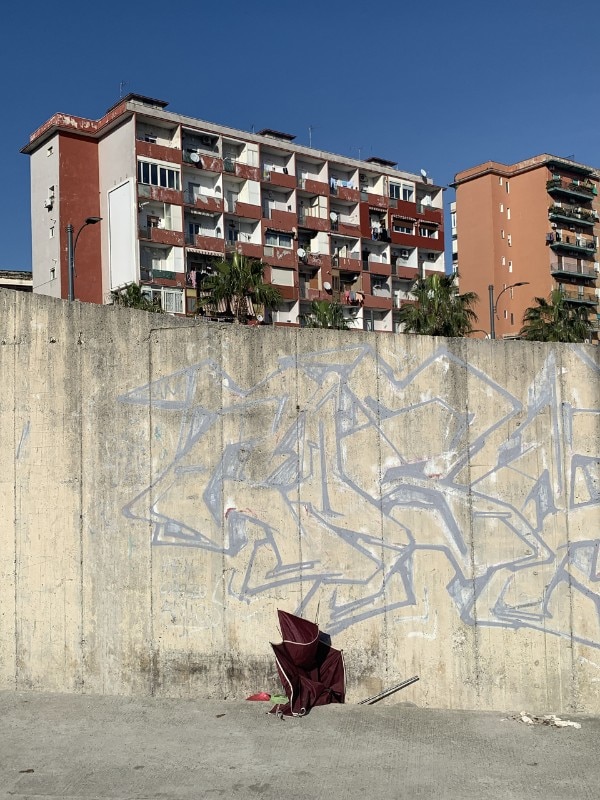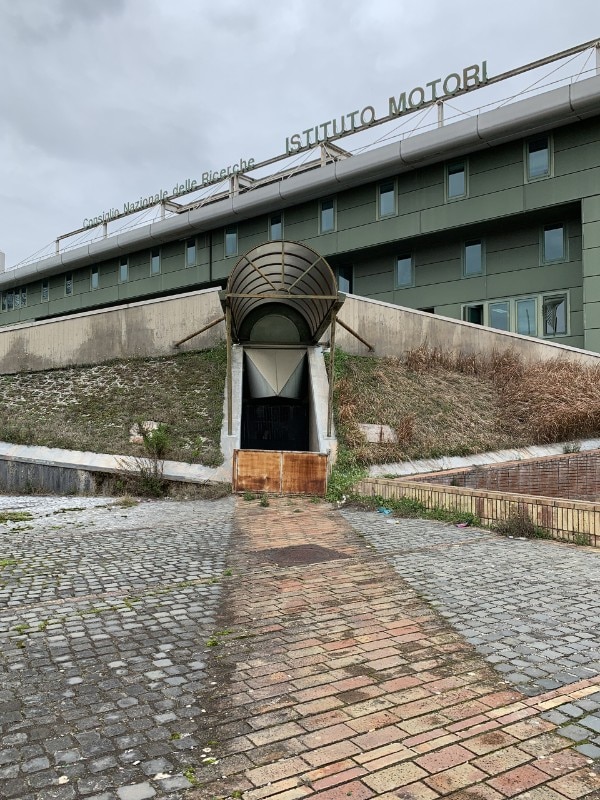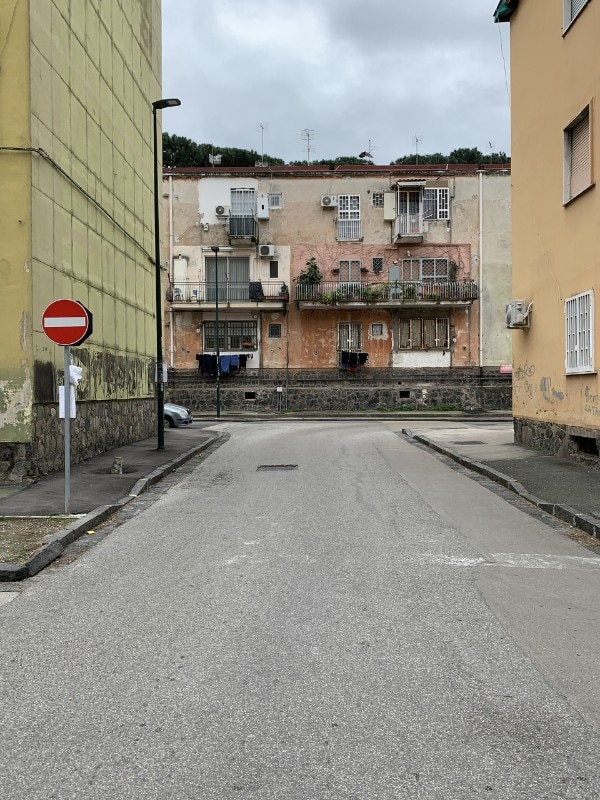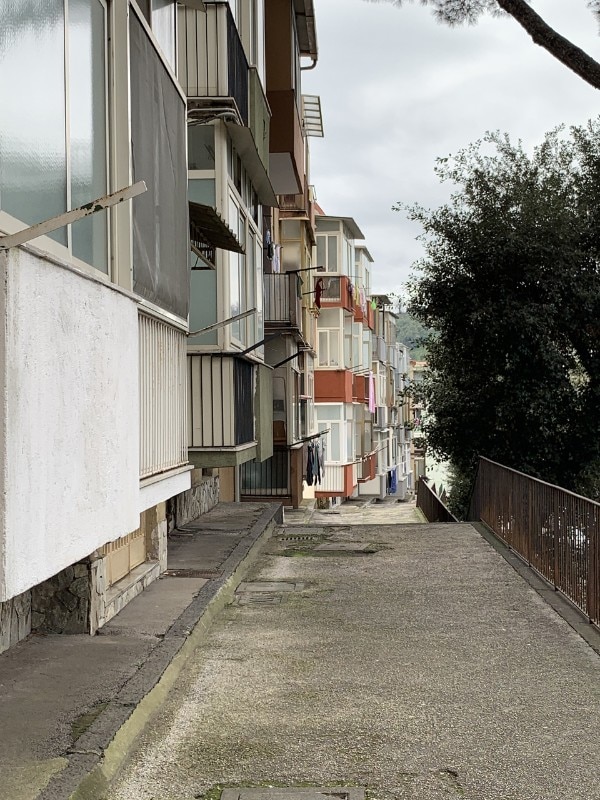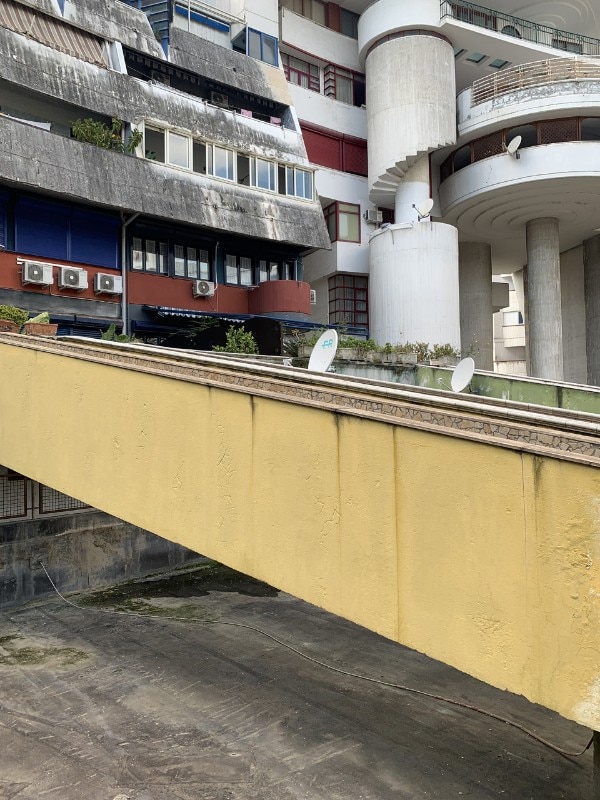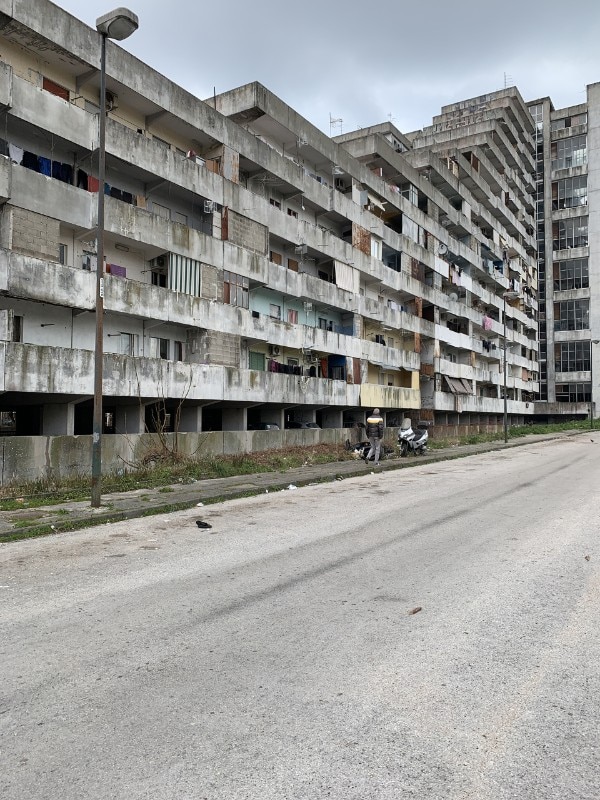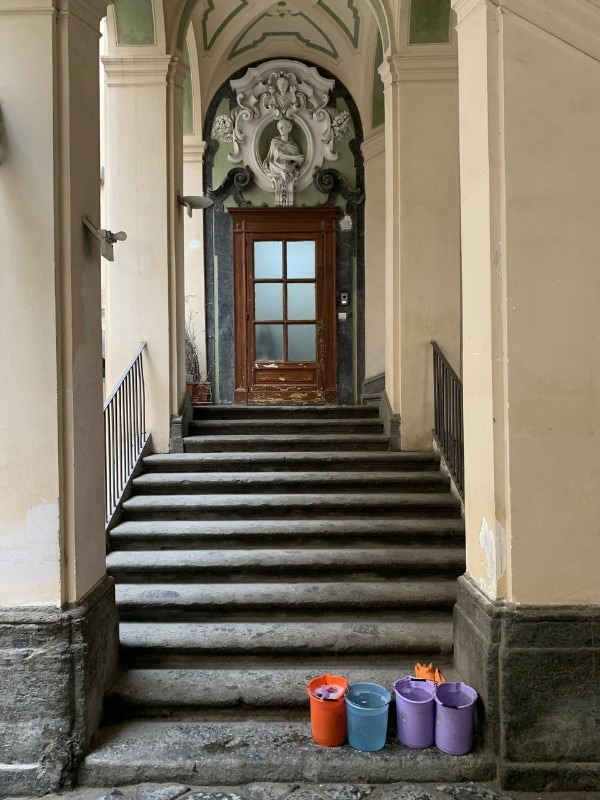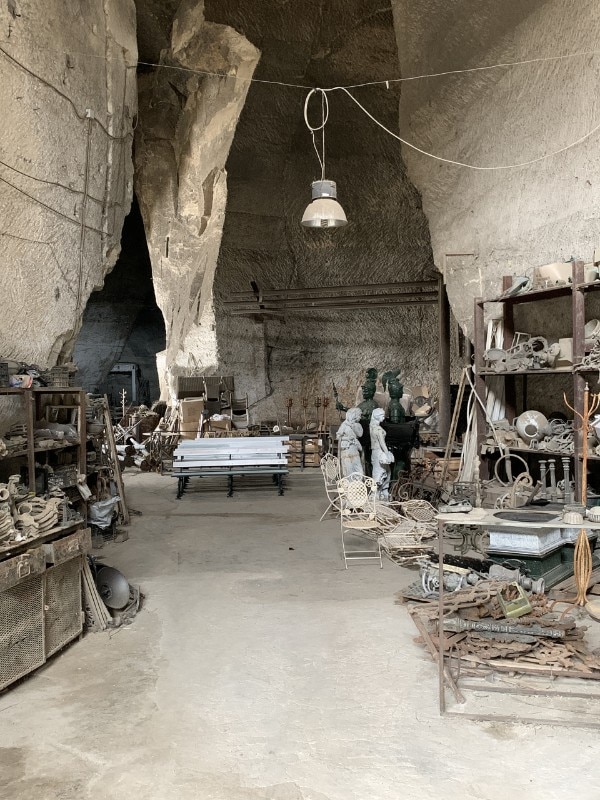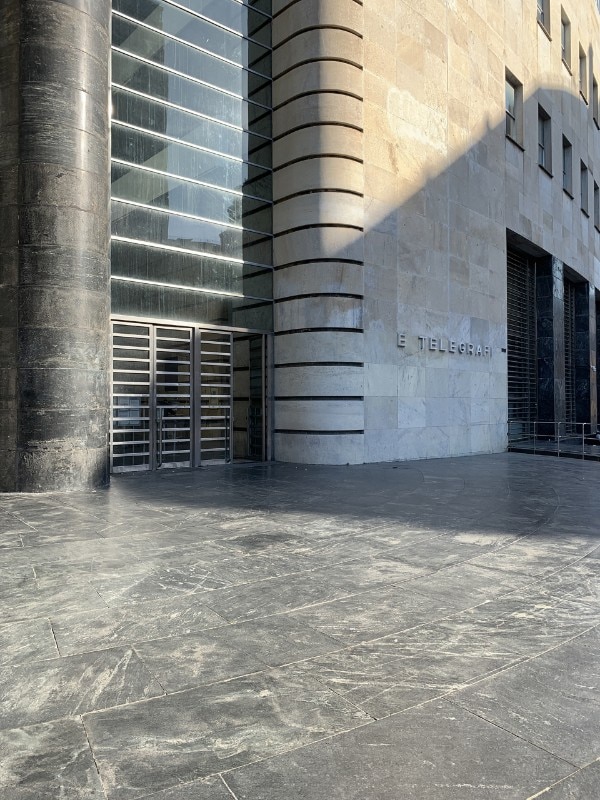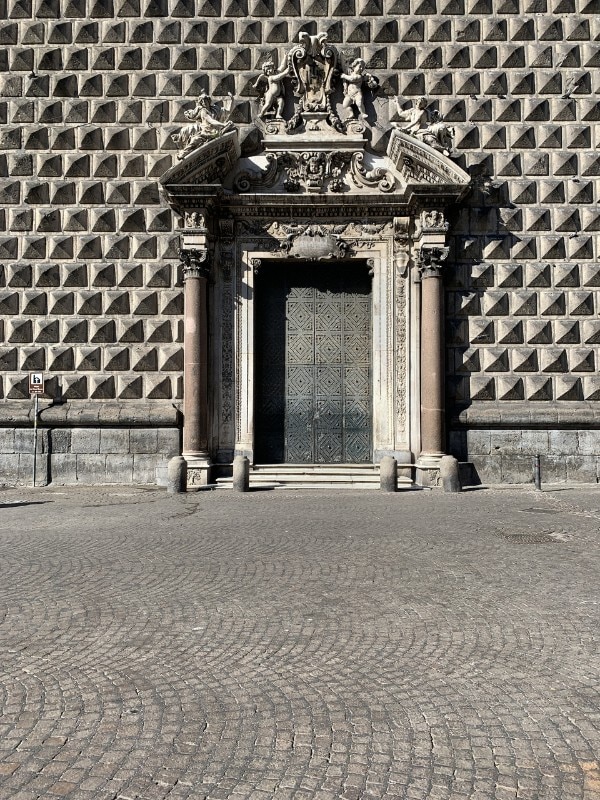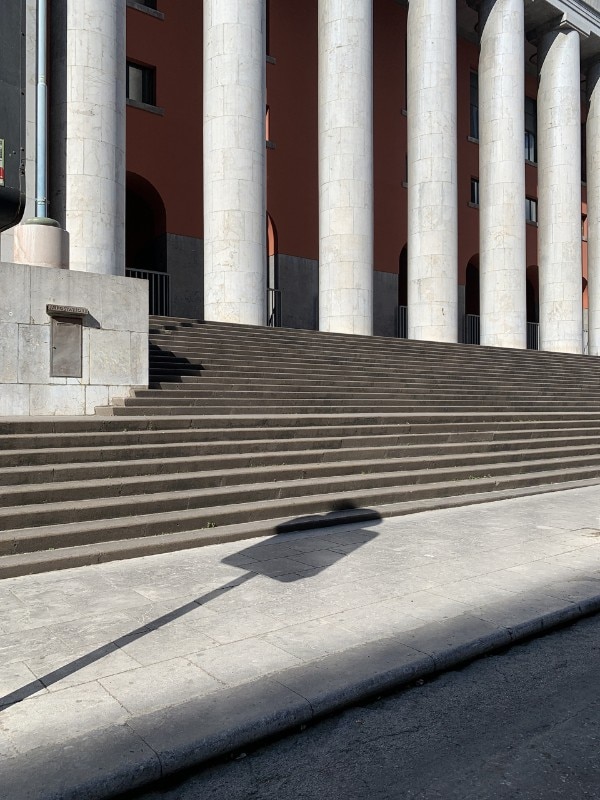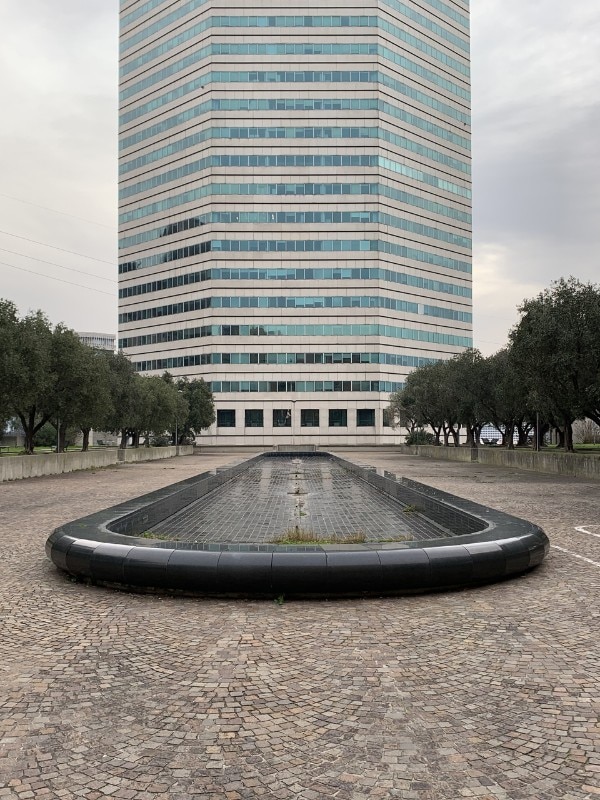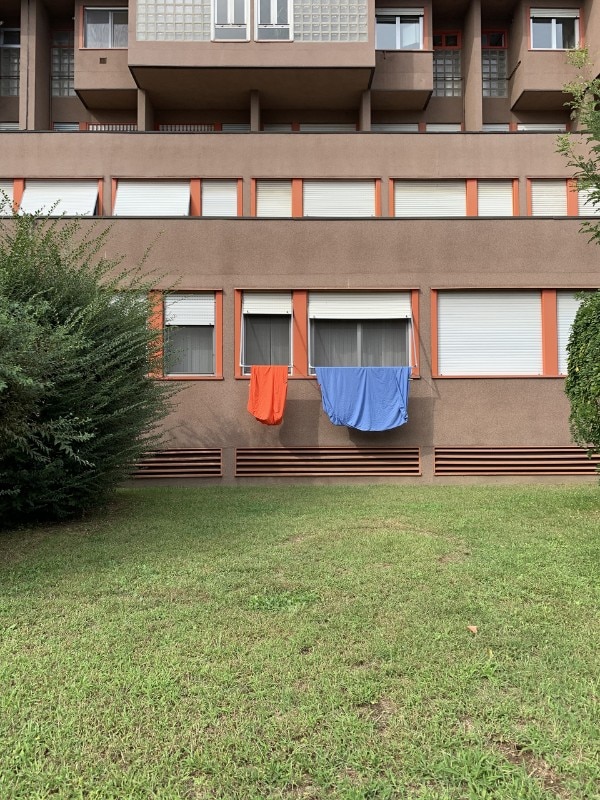A treatise could be written on the double meanings inherent in the definition of “smart photography”, but if there is one simple and unquestionable thing to be said, it is that, whether intelligent, cunning, brilliant or clever, images taken with smartphones are imposing themselves, in terms of number and ease of execution, and therefore pervasiveness, over those taken with cameras. There is clearly first and foremost an issue of intention, i.e. intended use, but the umpteenth democratisation of photography is before everyone's eyes (and in—though perhaps not always for—their pockets).
Increasingly high–performance processors, increasingly precise lenses and larger and larger sensors in spite of ever–smaller dimensions, increasingly fluid software and faster and faster connectivity, and above all the artificial intelligence that smoothes out defects but also peculiarities (and thus also raises thorny—because they are unresolved—or already superfluous questions—because they cannot be resolved) are the foundations of this revolution, which is also of increasing interest to professional photographers and probably finds its ideal expression in the photography of the urban context. Whether one works in a focused, dynamic if not frenetic mode, or in a flâneur declination, therefore random if not fatalistic, having more and more devices at hand—even if not always at competitive prices—certainly provides an extra gear to enter and remain in the creative flow that from inspiration leads to the realisation and, why not, to the immediate sharing of a project.
Giovanna Silva has had an intense and fruitful relationship/obsession with photography in all its facets for many years: after studying architecture and working as a photo editor, she became a publisher by vocation (she owns Humboldt Books) but has always been a photographer by passion (with numerous publications to her credit). And for some time now she has been taking pictures with her iPhone, strictly in obsessive–compulsive mode. In anticipation of a book on Milan with Mousse Publishing, and a further volume dedicated to Naples, we spoke with her about cities and smart photography on the occasion of the Nero Editions release Rome. Never Walk on Crowded Streets.
Let's start with an apparently banal question: where does your fascination with cities come from?
In general, I think, from my architectural studies – they must have been useful! And also from an anthropological eye, where I observe how people perform spaces. Architecture and cities are made by the people who live in them.
How do you think smart photography has changed or is changing the relationship between photographers and cities?
I think that smart photography has changed photography in general, but I leave that to the experts. What is certain is that in its relationship with cities, some photogenic shots are winning over others. It is no longer the depressed areas that are being investigated, but rather the effect shot. I think this is true for photography in general, not so much for professionals, who seem to be going against the tide by investigating precisely those areas that cannot be staged.
For you, who is an architect by training (and who, I imagine, has widely practised the slow gaze and probably several types of camera), how much has the use of the iPhone changed the way of rendering the urban landscape in images?
Everyone chooses a camera that suits the work they have to do, and their nature. I started out with a view camera, then moved on to medium format, then an SLR and now a smartphone. The reason is also due to the type of photography I do. The smartphone allows me to be invisible, obsessive and sporty. These are the three characteristics that define my personality and therefore also my photography. Everyone finds their own tool, and I realise that I am not looking for the perfect shot, the one that you could get with a view camera, where the slowness, the cost and the camera itself allowed you to take just a few pictures a day. I am a compulsive photographer, I walk until I am exhausted, I investigate quickly, and I accumulate images. And this has made the iPhone my tool.
What about the so–called ‘social landscape’? From the point of view of approach, are smartphones an advantage or, by breaking down the gap between photographer and subject—who has the possibility to exercise the power to become a photographer at any time—do they risk taking away from the author the advantage of being recognised as such and so being in control in some way?
Certainly, the fact that everyone has a smartphone makes everyone, and therefore no one, a photographer. However, at a time when photography seems to be disappearing in its authorship, I am witnessing – especially as a teacher – a rebirth of the love for film and its craftsmanship. After years of technological experimentation, in which software that was not born for photography was ‘bent’ to it and where digital interventions post–produced any shot, now it seems to me that a passion for film and vintage has returned in the younger generations. I don't belong to the younger generation, though, so I choose digital with moderation.
In your opinion, what are the intrinsic advantages of smart photography? I mean, the special features that benefit those who use a smartphone instead of a camera to take pictures? And what are the limits?
The limitations I see are relative: from a professional point of view maybe, if I have to find a negative point, the print quality. When I happen to do work for museums or institutions, to be considered as works, or commercial work, often the size and quality of the shot affects the work itself. Also, a little bit, from a personal point of view, I regret that all these memories always remain locked in our phones, always at hand but never really present.
There are certainly many positive aspects: no camera, even a compact one, has that immediacy in shooting. And also the invisibility that the phone allows you. We are all used to seeing people taking pictures with their phones, and they become invisible in our visual landscape. I myself am invisible in the eyes of people who see me taking pictures with my smartphone, and this is the most important thing for me, which, I repeat, makes me work on the obsessive compulsiveness of the shot but overcomes the limits of my shyness.
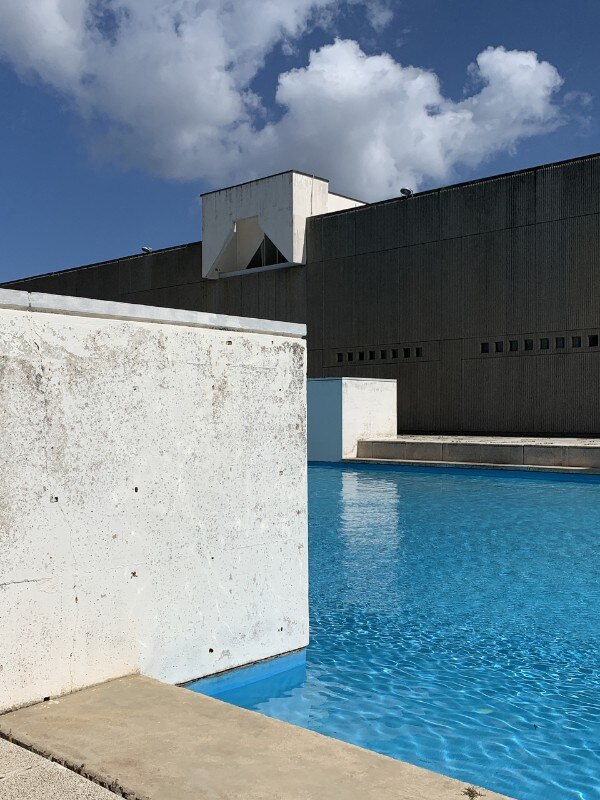
Are there any cities or countries that you somehow feel are more suited to being photographed with a smartphone, or where you have felt that dynamism, connectivity and even social policies favour their best use? And what are the places or occasions when you have found yourself regretting not having a camera with you?
I don't think there is one city or country that is best suited to be photographed, each country is interesting in its own way. I realise that when travelling was a pleasure, and you could do it, I used the iPhone in different cities at different latitudes: it's my eye that goes looking for the same things in different contexts. What is certain is that before this annus horribilis my travels were directed more towards the Middle East. And here, a keen eye with an iPhone can find many things. It is the accumulation of objects and a certain degree of romantic dilapidation that fascinates me when shooting in these countries. Now, turning to Italy due to force majeure, I have found a great subject in Rome. The light here makes everything magical, and the city itself offers opportunities from all points of view, the great monuments of history but also a suburbia that acts as a counterbalance to the poignant beauty of the centre. I have never regretted not having my camera, not least because, being anxious, my camera is always waiting for me in a backpack at the hotel, and if I find a shot that deserves it, I go back to it. If I miss the moment, that's it.
What is your modus operandi? Do you accumulate and then select? Do you select in the moment? Do you not select? And, as for technology, do you let the algorithm used by the Smart HDR on your iPhone ‘express itself’ or do you prefer to intervene manually?
I don't use any filters or HDR, and when I published the book on Rome, which was entirely done with iPhone, there was very little post–production either. I'm more interested in the tool than the potential.
I'm always collecting, but that's been the case even before the iPhone. For me, the work of a photographer is mainly editing. It's no coincidence that I work in publishing alongside photography, where selection is essential to create a narrative structure. I often work on formal diptych compositions that I find again when I reopen my folders full of hundreds of thousands of photos. It is also true that with habit, experience and a good memory, sometimes when I take a picture I already have a potential pair or sequence in mind. So luckily, work in front of the screen is relative.
What kind of use, if any, do you make of post–production? Or do you consider it a superstructure—if not a waste of energy—that has already had its day?
I never intervene on the photos I take with the iPhone. They are photos that are born for what they are, even in their imperfection. They have to sum up that moment and that look – which will try to be the best possible at the time of shooting.
My relationship with the digital photo produced by a camera is different. I post–produce a lot when I work commercially, ‘cleaning’ the photograph as much as possible of all those marks that life leaves on buildings. I straighten a few lines, and the secret is to make the architecture look perfect without showing any form of digital intervention.
How do you deal with the dichotomy between the fluidity of smart photography and the rigidity of print publishing? Is it possible to combine two seemingly divergent media into an effective product? And how do you resolve the conceptual shift between the immediacy of social networks and the attempt to create something lasting?
The relationship for me is a priori. Let me explain: for me photography is almost always for editorial purposes, I am interested in the book format, less in the exhibition itself. What the book contains is a presumably eternal story, completely different from the time we give ourselves on digital platforms.
The accumulation that smart photography allows, however, has to be carefully calibrated with respect to a paper format, which by its very nature has a physical limit in terms of the number of pages. In the book on Rome, I tried to recount this obsession through 634 pages. In Milan, I plan to do more, even shrinking the photos to match the image we have when we open our photo library on our phones. Conceptually, the attempt to enclose them in a book is the operation that allows me to make ‘smart’ become something standardised, and as such, lasting.
You are also a publisher, and on the Italian scene the books you edit stand out not only for their clarity of purpose but also for a sort of ethics in the organic nature of the proposals: how do you position yourself with regard to the indiscriminate piling up of images inherent in this umpteenth democratisation of photography?
I don't have a position. On the one hand, democratisation creates monsters. On the other, it is a useful tool, if it is conveyed in the right way.The importance of books, in general, is to be able to convey consciousness and culture towards a conscious use of those images.
With regard to the ethical implications of producing images, do you think we need more education on the image—under the pretext of applying logic, in Italy we study Latin, a dead language, but not photographic grammar, which is the way more or less we all express ourselves by now—or do you think it is all part of a natural process, which as such should not be learned but at best refined and at worst left free to contribute to cultural entropy?
I support myself by teaching photography, so I have an ethical position to defend, trying to channel photography with logical rigour. I have very good students, on average much better informed than me, but understanding how to logically compose photography under a broader spectrum is my job. Each of us knows the words of a sentence taken in its singularity, but putting it into language is another thing. The single shot can be very strong, but creating a language, a poetics, is not a natural process I think: even if helped by talent you have to study to have the tools to turn it into a useful tool. There is a rigour in everything you do and perhaps in this hyper–production of images, this rigour is being lost. I always ask myself when I take a photo: is it necessary?


